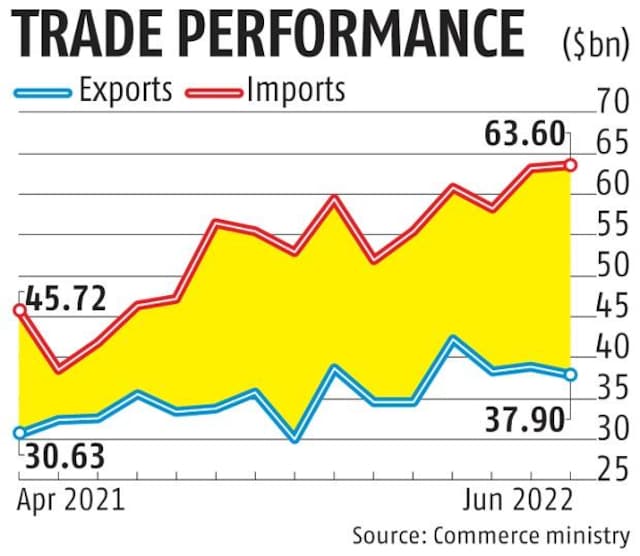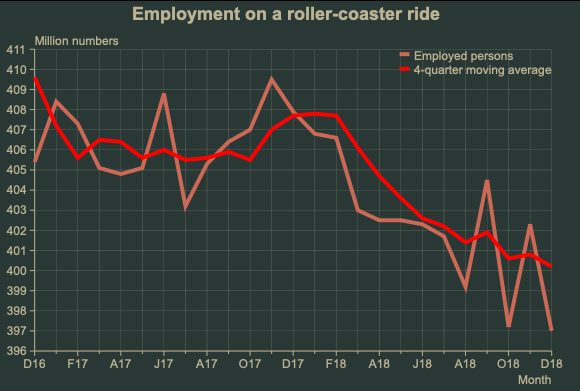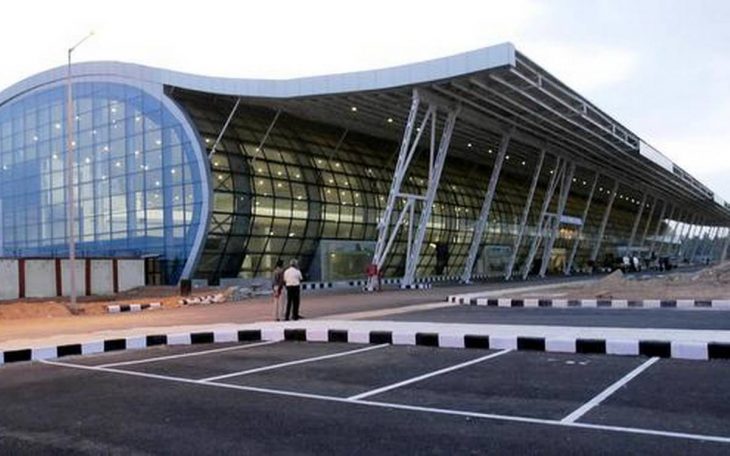Exports grew 16.8 per cent year-on-year to $38 billion in June while imports jumped 51 per cent to $63.6 billion, according to the preliminary data released by the commerce ministry on Monday.
As a result India’s merchandise trade deficit surged to a new high of $25.6 billion in June amid slowing demand for Indian exports and rising imports of gold, coal and crude oil.
India’s traditional high dependence on crude oil led to its imports soaring 94.2 per cent in June to $20.7 billion. Continuing fetish of Indians for gold amid a downward spiral of the equity market meant gold imports rose 169 per cent to $2.6 billion during the month.
During June, exports of engineering goods and pharmaceuticals items contracted 1.6 per cent and 1.3 per cent, respectively, while petroleum exports remained robust at 98 per cent. Among other items, exports of gems and jewellery (19.4 per cent), readymade garments (44.7 per cent) and rice (39.3 per cent) registered robust growth.
Engineering Export Promotion Council of India Chairman Mahesh Desai said the negative spillover of the Russia-Ukraine war had adversely impacted engineering exports. “Going forward, the intensity of any further impact would depend on how long the global uncertainties persist. The high volatility in commodity prices, higher logistics cost and geopolitical tensions remain key concerns,” he added.
Amid a slow increase in domestic coal production, the government’s directive to power generation companies to blend domestically produced coal with 10 per cent imported coal led to a 248 per cent jump in coal imports to $6.4 billion.
Aditi Nayar, chief economist at ICRA Ltd, said the widening merchandise trade deficit was worrying with a sequential dip in exports and a rise in the non-gold imports relative to May.
“With a steady uptick in the size of the merchandise trade deficit over the course of the quarter, we expect the current account deficit (CAD) to more than double to $30 billion in Q1 FY23 from the modest $13 billion in the previous quarter. However, robust services surpluses will partly absorb the shock. We expect the CAD to print in the range of $100-105 billion in FY23,” she said.
The outflow of foreign portfolio investments and the rising trade deficit have put a downward pressure on the rupee, which has breached the 79 mark against the dollar.

The finance ministry on Friday imposed cess of Rs 6 a litre, Rs 13 per litre and Rs 6 on petrol, diesel and aviation turbine fuel exports, respectively, to improve domestic fuel supply, reduce the trade deficit and garner additional revenue.
The Union finance ministry also increased import duty on gold to 15 per cent from 10.75 per cent to curb rising imports of the yellow metal.
Samiran Chakraborty, managing director and chief economist for India at Citigroup, said the higher import duty on gold could reduce CAD by $4-5 billion while the higher taxes on petroleum product exports could increase CAD by $2-3 billion.
“The net effect of these measures on CAD should be small but uncertain given the complexity in assuming volume responses to tax changes,” he added.
Economists across India claims below features as worrisome in the days ahead :
India’s trade deficit in Q1 FY23 rose 124% YoY to $70 billion is a seious matter to be looked in to ..
The worst come facor as result emerges now is CAD more than doubling to $30 billion in Q1 FY23 versus $13 billion in Q4 FY22
As a result of FPI outflows, rising trade deficit have put downward pressure on the rupee thus push Rupee goes continously week against Dollar..









